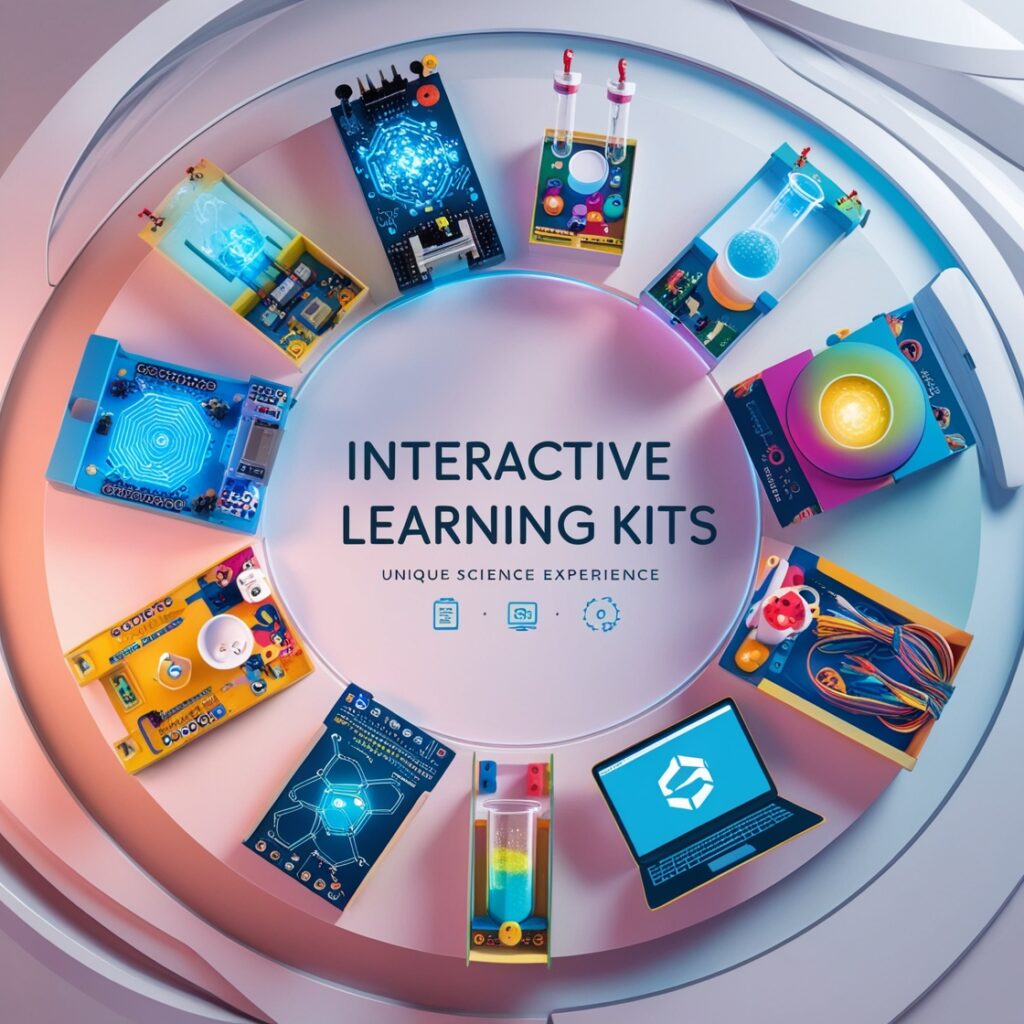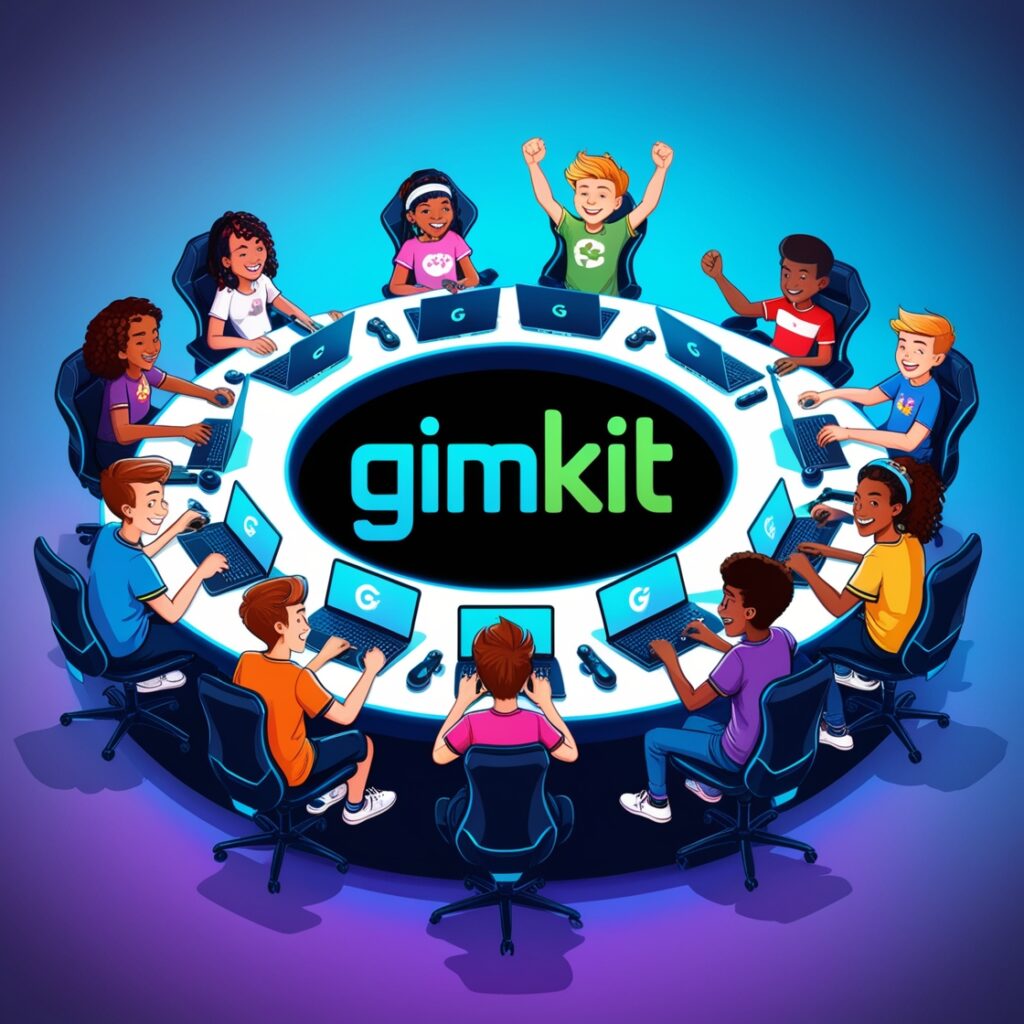Hosting a Gimkit game is a brilliant way to boost classroom engagement and turn lessons into exciting, interactive experiences. Whether you’re introducing a new topic or reviewing concepts, Gimkit’s gamified approach makes learning fun and effective. But how do you become a Gimkit host and set up games that captivate your students?
This guide will walk you through every step of the process—from creating question sets to keeping students engaged during gameplay. Plus, you’ll find helpful tips on how to maximize Gimkit’s features and include tools like Kahoot and Blooket for variety in classroom gamification.
Step 1: Sign Up and Create a Gimkit Account
Before you can host games, you’ll need a Gimkit account. Signing up is straightforward, and you can access basic features for free.
- Go to Gimkit.com.
- Click “Sign Up” in the upper-right corner.
- Choose to sign up with Google or create an account using your email.
- Familiarize yourself with the dashboard, which houses tools for creating kits (question sets) and hosting games.
For access to advanced features like unlimited kits and analytics, consider upgrading to Gimkit Pro. Check out this guide on how to become a Gimkit host for additional details on Pro benefits.
Step 2: Create Engaging Question Sets
Every Gimkit game begins with a question set, or “kit.” These sets should align with your lesson objectives and spark interest in your students.
How to Create a Question Set

- Open your Gimkit dashboard.
- Click on “New Kit” and select a subject or create custom questions.
- Choose from multiple-choice, true/false, or open-ended question formats.
- Add visuals like images, audio, or videos to make learning more engaging.
Best Practices for Question Sets
- Base your questions on your curriculum or learning goals.
- Make questions fun by adding relatable themes or pop culture references.
- Try incorporating quick quizzes for review, a concept popular on platforms like Kahoot for student engagement through live quizzes.
Explore more tips on crafting effective kits by reading about Gimkit hosting strategies.
Step 3: Host a Game
Once you’ve created a compelling kit, it’s time to host your game. Gimkit offers various game modes, each catering to different classroom needs. Here’s how you can set it up efficiently.
- Select your question set from the dashboard.
- Click “Host Game” and choose a game mode, such as Classic, Team, Race, or Individual.
- Learn more about these in our Gimkit game modes guide.
- Generate a unique code for the game (students use this code to join).
- Share the code via classroom platforms or tools like Google Classroom.
Want to try similar tools? Blooket offers dynamic modes like Battle Royale and Tower Defense for a gamified twist on learning.
Step 4: Engaging Your Students During Gameplay
Hosting a Gimkit game is about creating an engaging atmosphere where students feel motivated and excited. Here’s how to captivate your learners during gameplay.
1. Make Use of Power-Ups
Gimkit includes power-ups like streak bonuses and shields to keep students engaged. Encourage strategic use of these elements to build excitement without overwhelming learners.
2. Foster Collaboration with Team Mode
Team Mode helps students build teamwork and communication skills. Divide students into balanced groups to ensure a mix of abilities. This approach mirrors the collaborative spirit available in alternative platforms like Kahoot’s team quizzes.
3. Monitor Performance in Real-Time
Gimkit’s dashboard provides real-time insights into individual and group performance. Use these analytics to adapt your teaching strategy, offering targeted help where needed.
4. Celebrate Achievements
Cheer students on as they hit milestones or lead the scoreboard. Recognizing effort helps keep the energy high and promotes confidence.
For additional ways to gamify lessons creatively, explore writing tools and resources for educators on platforms like Sooper Write.
Step 5: Analyze Game Results
After the game ends, take a moment to review the results. Gimkit provides detailed data on students’ strengths, weaknesses, and overall understanding of the material.
How Gimkit Data Helps Teachers
- Identify concepts that need re-teaching based on class-wide performance.
- Offer individual feedback to students struggling with specific questions.
- Use data trends to tailor your next lessons effectively.
Learn more about using these insights in our guide on advanced Gimkit dashboard tips.
Why Gimkit Hosting Works

Hosting a Gimkit game isn’t just about playing; it’s about creating an immersive, interactive environment where students learn and thrive. With its collaborative modes, self-paced learning tools, and engaging questions, Gimkit transforms traditional education into something students genuinely enjoy.
By combining Gimkit with other tools like Blooket and Kahoot, you can craft unforgettable lessons that captivate every student.
Explore More
- Gimkit Codes to Join Games
- Advanced Gimkit Dashboard Tips
- Ultimate Guide to Gamified Learning with Gimkit Codes
Visit our homepage for even more tips, guides, and resources to elevate your teaching! Start your hosting adventure now and transform your classroom into an exciting hub of gamified learning.

